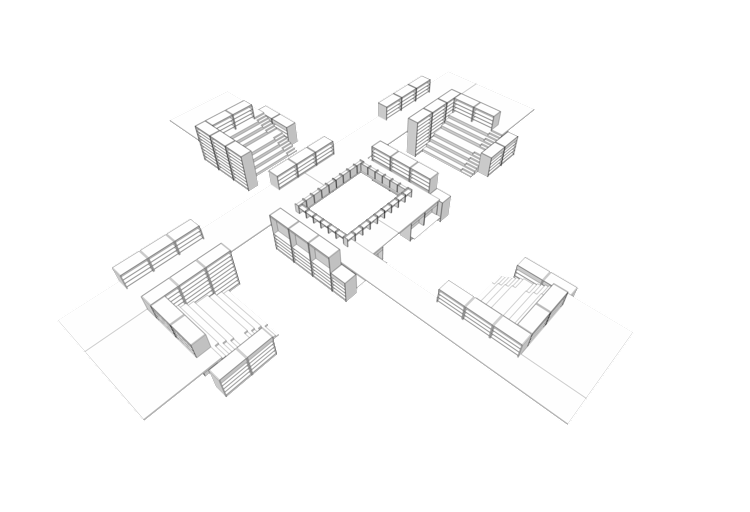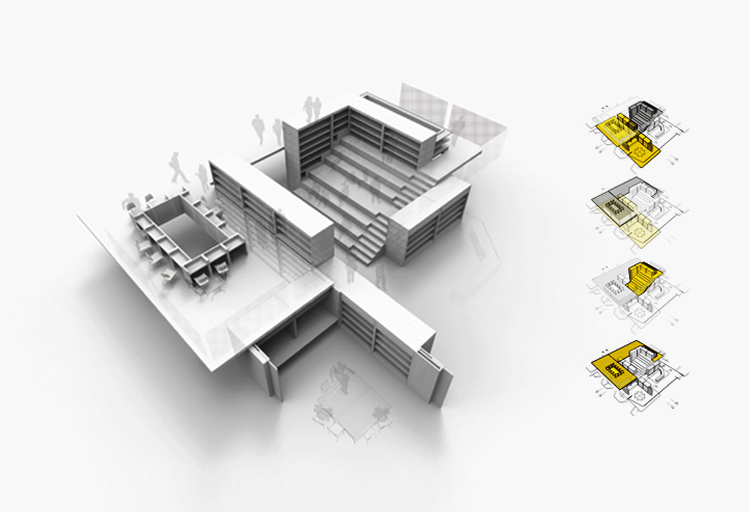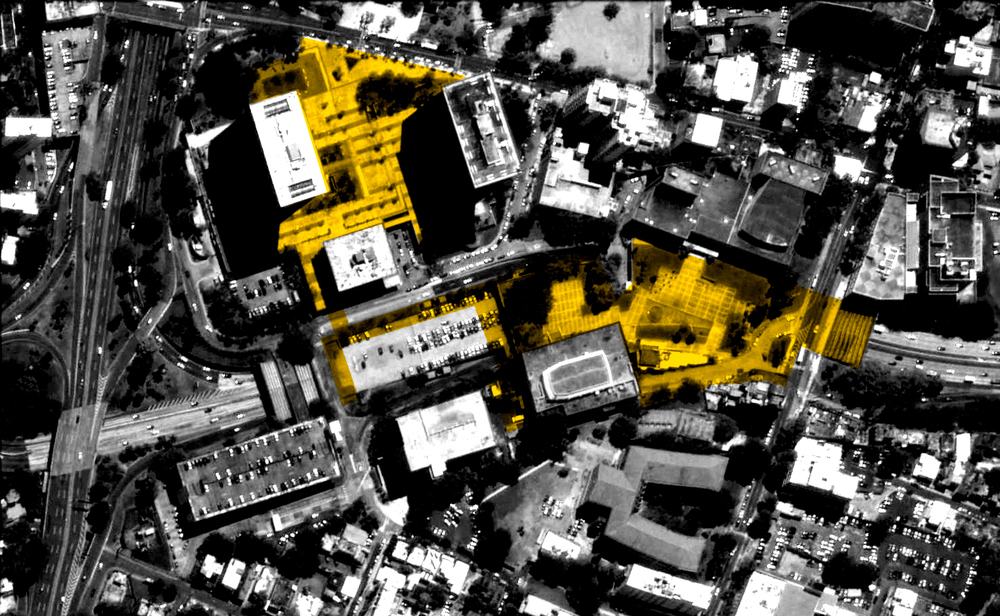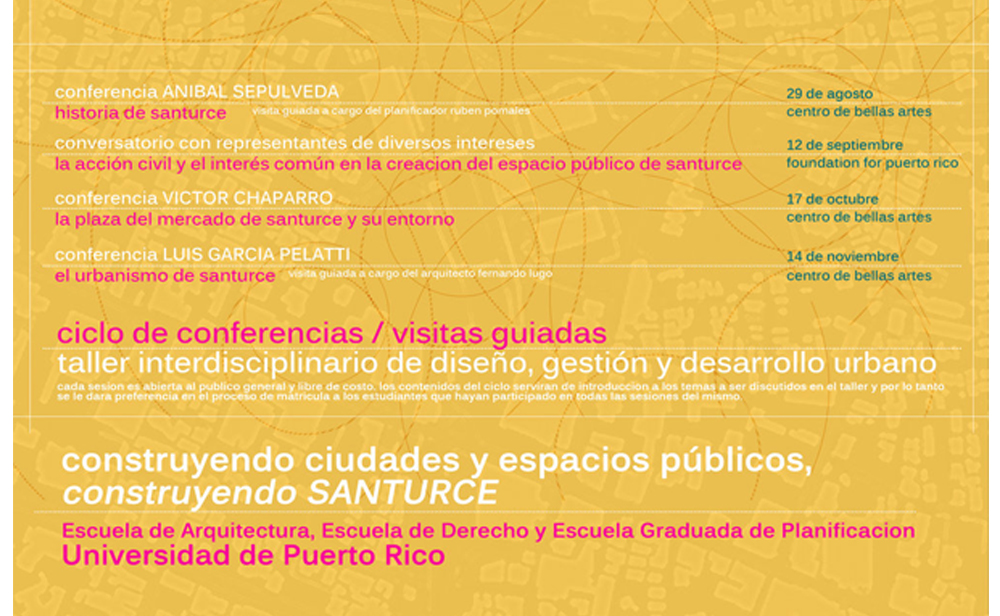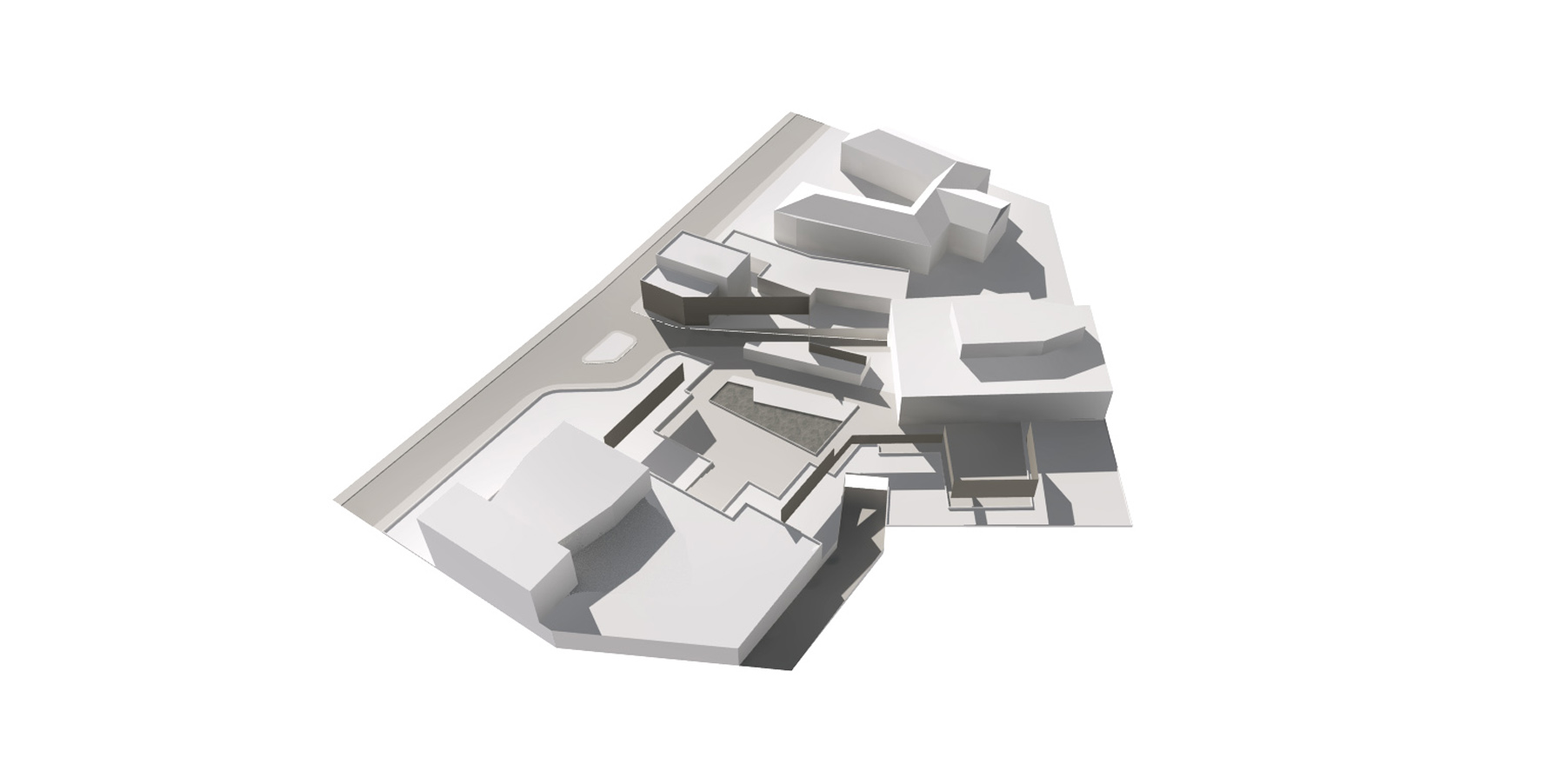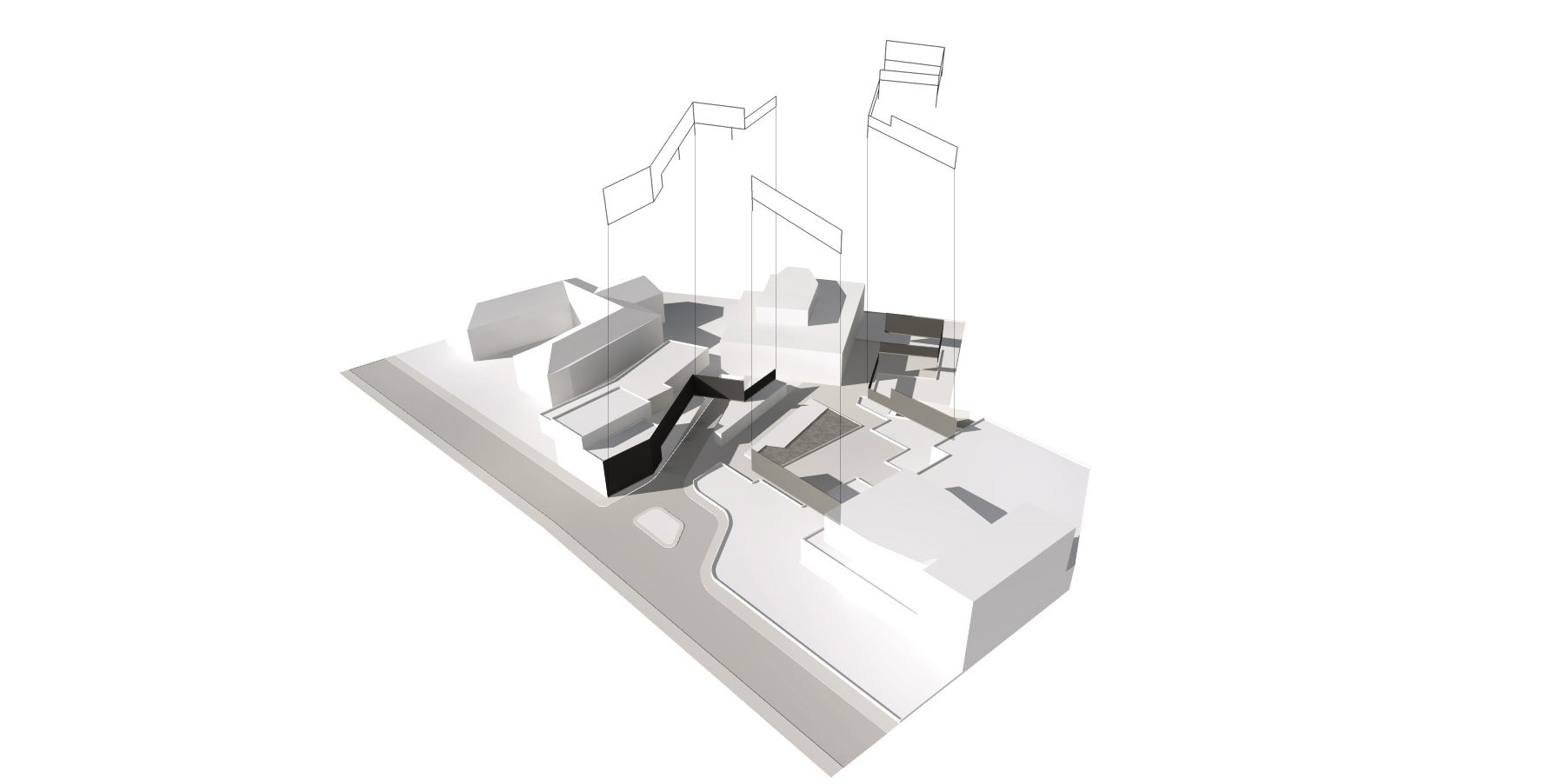Most Innovative Solution award FLUOR FACILITY OF THE FUTURE (F3) 2018 UNIVERSITY CHALLENGE
Innovation in the Engineering and Construction industry in the past 15 years has typically comprised small incremental changes that lag other industries. Facilities’ design and construction have changed little, and hence the results have been invariably the same; facilities that meet the industry requirements but do not meet the Clients’ needs in terms of ‘time-to-market’ for their products or cost to implement. Fluor, along with Client partners, are actively seeking innovative ways to change this current status quo with a view for a new way of working by the year 2020, and have commenced a number of initiatives to challenge itself and the industry for a leap forward in innovation for a similar leap forward in results. This Fluor Facility of the Future (F3) University challenge is one of those initiatives, and conceived to offer the potential of untamed innovation offered by teams of young, eager and innovative industry students to complement that of Fluor’s industry professionals.
The paper published in the proceedings of the CSEDU 2015 – 7th International Conference on Computer Supported Education proposes an adaptable media commons concept as a foundational element for the design of learning spaces. The concept is based on the possibility to create flexible and resourceful spatial situations that can structure pedagogical and creative environments. The essential core elements, spaces, and artifacts of the media commons project are equipped with technology that enable various multi-media venues and practices of information transfer. This auditorium-classroom-laboratory integrated scenario would basically act as a dynamic environment that would link pedagogy, creativity, and knowledge formation as a product of social interaction in a specific set of spaces. This position paper about two manifestations of the media commons project at the Rio Piedras campus of the University of Puerto Rico, is basically a research and development study proposal on typological variations of an ensemble for in-person and remote collaborative space -such as or similar to that of design studios, innovation hubs, and online forums and platforms- and their effect on creativity, participation and authority in a pedagogical setting.
CSEDU, the International Conference on Computer Supported Education, aims at becoming a yearly meeting place for presenting and discussing new educational environments, best practices and case studies on innovative technology-based learning strategies, institutional policies on computer supported education including open and distance education, using computers.
This presentation deals with the correspondences and convergences between Guggenheim Bilbao’s Frank Gehry and San Sebastian Kursaal’s Rafael Moneo. Authors of built work that helped insert Spain in the international flows of architecture in the 1990s, they stand as well as a manifestation of the opposition between the intellectual, scholar/architect and the visceral, artist/architect. One, in fact, attempts to disguise a cultured, rational design mind while exhibiting an irrational and accidental approach. The other portrays historical knowledge and academicism as drivers which hide intuitive and emotional decisions. Two very similar corner architectural gestures arguably exposes that their fictional narrative based on history and art -Moneo’s historical academicism and Gehry’s artistical subjectivity- is present in the other’s practice. Almost identical, the coinciding formal serendipity found in a moment of the American Center in Paris and of the Prevision Espanola in Seville raises the question of the relationship between versioning, authorship, and surfacing in architecture. Fictional conflicts of type and invention, precision and accident, and shed or symbol will be framed within the artist vs the academic scenario and discussed with specific examples from the two iconographic buildings.
Las culturas se han servido de sistemas de notación como mecanismos de transmisión de información tanto en los campos de las ciencias como de las humanidades. El dibujo arquitectónico, uno de esos sistemas notacionales gráficos, puede ahora ser animado. La capacidad del contenido multimodal audiovisual, combinado con la potencia de los softwares que se utilizan para crearlos puede hacer que ese grafismo conceptual, que ese ideograma arquitectónico, transmita información de manera más eficaz. La capacidad para sintetizar y enlazar niveles de información le confiere también el potencial para habilitar la concepción de nuevas ideas y sus combinaciones.
La narrativa como idea existe independientemente del medio que le dé forma específica a la narración. Estudios científicos argumentan que las narraciones sirven principalmente como vehículo para la memoria personal. En el campo que nos ocupa, me parece evidente su utilidad para confeccionar sistemas de registros descriptivos y para desarrollar metodologías de notaciones audiovisuales porque las narraciones encierran conocimiento y valen para transmitir conceptos, para hacer pensar. Si ajustamos teorías de sistemas narrativos en función de las nuevas herramientas para construir y formular infografía multimediática para repensar el sistema notacional gráfico que ha servido a la arquitectura hasta ahora, estaríamos entonces frente a una nueva área de investigación de utilidad para la disciplina.
digital minillas
sjn 7500kms de oportunidad
The Fictional Reality of the Casa Klumb, published as part of the proceedings of the XX UIA Congress Beijing 1999 (Architecture of the 21st Century Academic Treatises Vol. 2).
notas sobre 2 máquinas, 2 figuras y 2 casas para hablar sobre la arquitectura contemporánea







